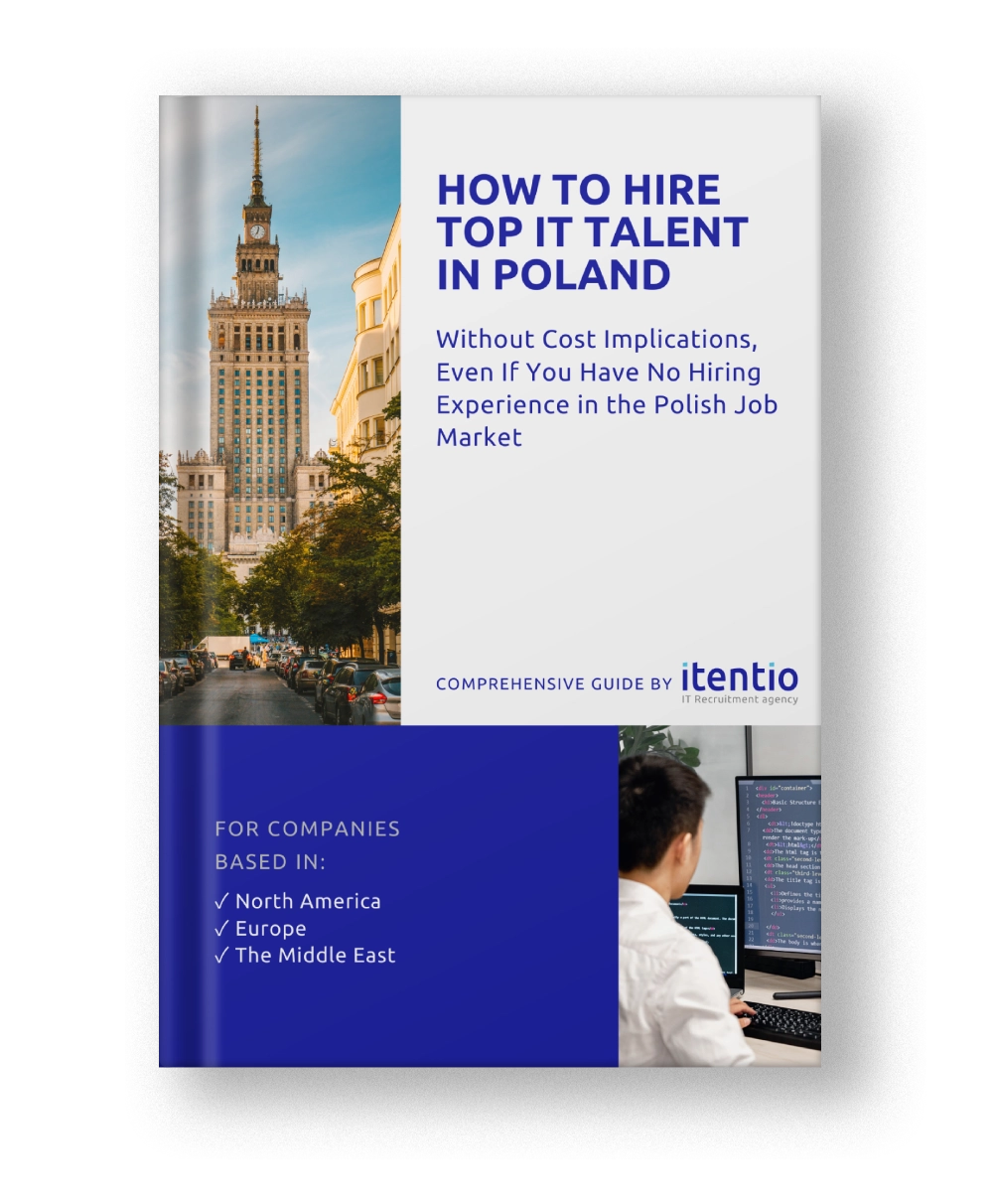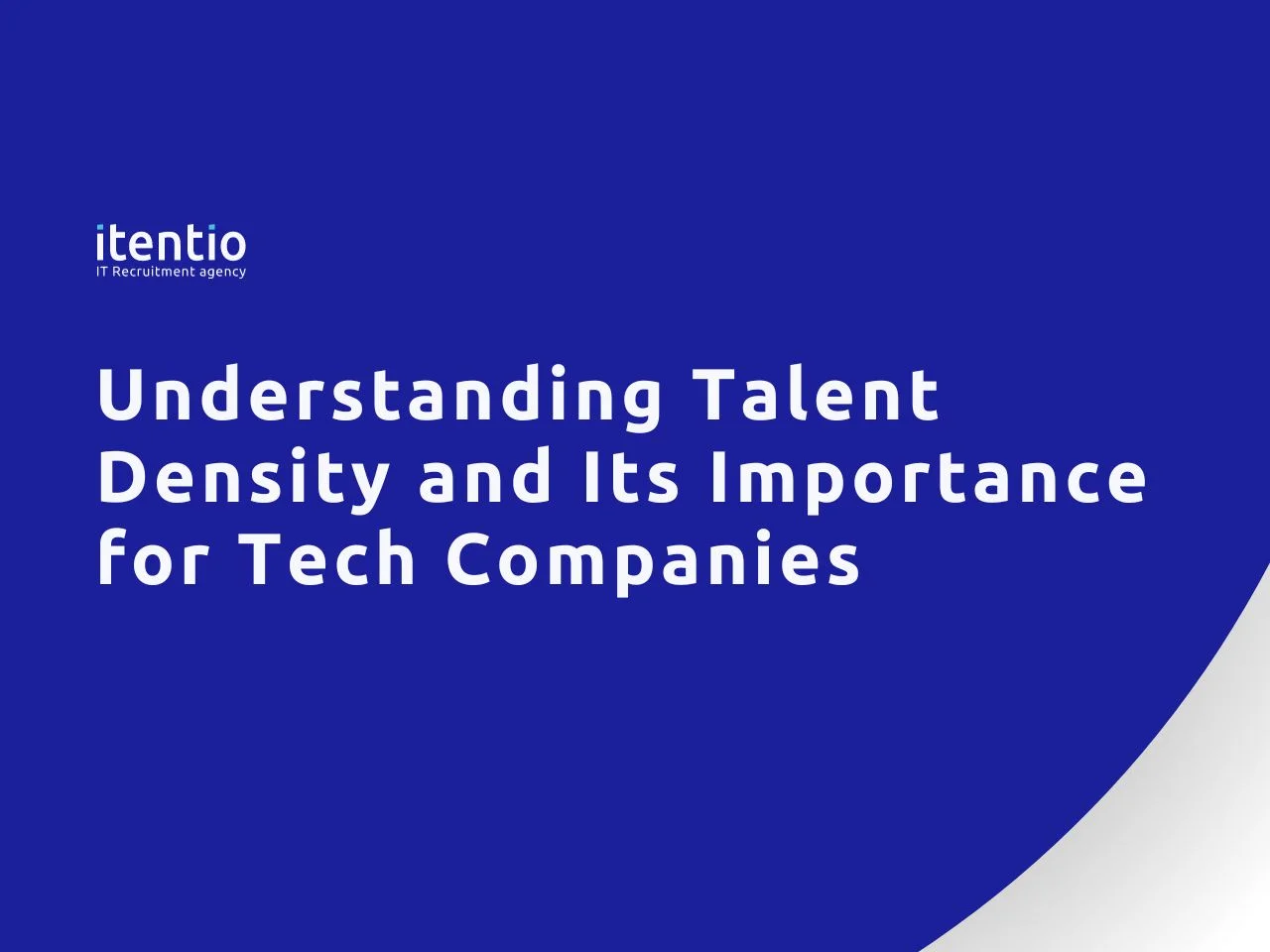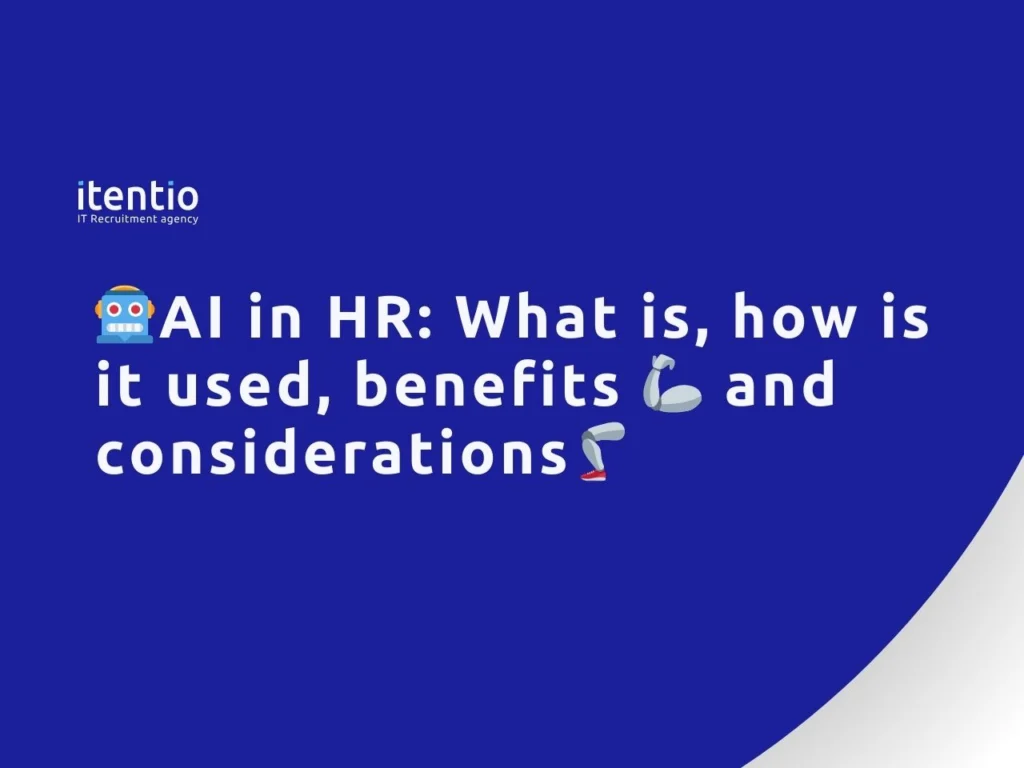The information technology industry constantly evolves, and tech companies count heavily on their employees to stay ahead of the sector and competitors. Each employee’s unique combination of skills, creativity, and innovation can take a company to new heights or cause it to fall behind. This blog post will explore a concept many successful tech firms utilize. Still, others may need to become more familiar with it. We will discuss talent density – the secret ingredient of tech companies.
Introduction
Talent density is a new concept that refers to the ratio of high-performing employees to total employees quantity in an organization. It measures how much talent, skill, and expertise an organization has per employee. The higher the talent density, the more productive, innovative, and successful the organization is.
Talent density is an essential factor for tech companies because they operate in a highly competitive and dynamically changing industry. The IT market requires constant adaptation and creativity. Therefore, tech companies must attract, retain, and develop the best talent to deliver cutting-edge products and services that meet customer needs and expectations.
But how can tech companies achieve high talent density? How can they measure it and improve it? And what are the benefits of having a high talent density in a tech company? In this article, we will consider this term in detail, answer these questions, and provide practical tips and best practices for increasing talent density in your tech company.
What is Talent Density and How to Measure It?
Talent density is a term forged by Reed Hastings, the co-founder and CEO of Netflix. It appears in the book “No Rules Rules: Netflix and the Culture of Reinvention”. Talent density can be defined as the amount of talent per square foot or per employee in an organization.
Talent density is about more than just having a few star performers or a high average performance. It is more about having many high-performing employees who excel at their roles and contribute to the organization’s goals and vision.
But how can you measure talent density in your tech company? There is no exact formula or metric that can capture the complexity and diversity of talent. However, there are some methods and indicators that can help you assess and compare the level of talent density in your organization, such as:
- Performance reviews: It is possible to use formal or informal performance reviews to evaluate how well your employees meet or exceed their objectives, expectations, and standards. You can also use peer feedback to get a more holistic and unbiased view of your employees’ performance.
- Customer satisfaction: An IT company can utilize surveys, reviews, ratings, testimonials, referrals, or retention rates to measure how happy and loyal your customers are with your products and services. Customer satisfaction is an outcome of the quality and value of your talent.
- Revenue per employee: Tech companies can operate revenue per employee as a proxy for productivity and efficiency. Revenue per employee is a metric calculated by dividing the total revenue by the total number of employees. It shows how much revenue each employee generates for the organization.
- Innovation: One more way to use is specific metrics such as patents, awards, publications, citations, or new product launches to measure how innovative and creative your tech company is. Innovation results from talented employees who can solve problems, generate ideas, and create value.
Consider an excellent example of how talent density affects a tech company’s business.
Netflix: Netflix is a tech company with a high talent density. It has a culture of hiring and retaining only the best talent and letting go of the rest. It also pays its employees top-of-the-market salaries and gives them the freedom and responsibility to make decisions. As a result, Netflix has been able to produce original and diverse content, grow its subscriber base, and dominate the streaming industry.
As you can see, talent density can significantly impact the performance and success of your tech company. Therefore, it is essential to measure and monitor it regularly and take action to improve it.
Why is Talent Density Important for Tech Companies?
Talent density is more than just a nice-to-have feature for tech companies. It is a strategic advantage that can make or break their success in the competitive and fast-changing tech industry. Having a high talent density in a tech company can bring many benefits, such as:
Faster decision-making and execution
With a high talent density, your tech company can trust its employees to make wise and quick decisions without the need for excessive approval or supervision. You can also empower them to execute their ideas and projects rapidly and agilely without being bogged down by bureaucracy or red tape. It can help you stay ahead of the curve and respond to changing customer needs and market conditions.
Higher quality and creativity of products and services
When your IT company has a high talent density, you can expect your employees to deliver high-quality and creative products and services that solve customer problems and delight them. You can also leverage their diverse skills, perspectives, and experiences to generate more ideas and innovations. It can help a tech company differentiate from competitors and create a loyal customer base.
Better collaboration and communication
With a high talent density, you can foster a culture of collaboration and communication among your employees. You can encourage your employees to share their knowledge, feedback, and insights and learn from each other. You can also facilitate cross-functional and remote teamwork using practical tools and processes. It can help your tech company improve efficiency and effectiveness and create a positive and supportive work environment.
Greater customer loyalty and retention
When your IT company has a high talent density, it can build a strong relationship with its customers. The firm can better understand their needs and expectations and provide personalized and tailored solutions. You can also exceed their expectations and surprise them with extra value and benefits. You can also solicit and incorporate their feedback and suggestions into your products and services. It can help you increase your customer satisfaction, loyalty, and retention.
Lower turnover and hiring costs
When you have a high talent density, you can reduce the turnover and hiring costs. You can retain your top talent by providing them with challenging and rewarding work, competitive compensation and benefits, as well as opportunities for growth and development. You can also attract more talent by showcasing your culture, values, and vision and leveraging your existing talent network and referrals. It can help you save time and money and avoid the hassle of hiring and training new employees.
As you can see, talent density is an essential factor that can influence the performance and success of your tech company. Therefore, investing in increasing your company’s talent density and maintaining it at a high level is vital.
How to Increase Talent Density in a Tech Company?
Increasing talent density in a tech company is a challenging task. It requires a clear vision, a strong culture, and a conscious strategy. There are some practical tips and best practices that can help you increase your company’s talent density and achieve your goals. We list some of them below:
- Hiring and retaining top talent: The first and most obvious step to increasing talent density is to hire and retain the best available talent in the market. You need a rigorous and selective hiring process that evaluates candidates based on their skills, fit, and potential. It will help your company to create a competitive and attractive compensation and benefits package that rewards and motivates your employees. As we stated with the Netflix example, top talent expects top-of-the-market salaries. Moreover, having a clear and compelling employer brand that showcases your values, culture, and vision and attracts the right talent to your company is extremely important.
- Providing continuous learning and development opportunities: The second step to increasing talent density is to provide your employees with constant learning and development opportunities. Your tech company must invest in employees’ personal and professional growth and development. You must offer them training, coaching, mentoring, feedback, and resources that help them improve their skills, knowledge, and performance. The best option would be to encourage them to pursue their passions, interests, and goals and support them along the way.
- Fostering a culture of feedback and accountability: The third step to increasing talent density is to foster a culture of feedback and accountability. You need to create a culture where your employees can give and receive honest, constructive, and timely feedback from their peers and managers. It would help if you also create a culture where your employees are accountable for their actions, results, and impact, both individually and collectively. You must set clear and measurable objectives, expectations, and standards and monitor and evaluate them regularly. You must also recognize and reward excellence and address and correct poor performance.
- Empowering and trusting employees to make decisions: The fourth step to increasing talent density is to empower and trust your employees to make decisions. You need to give your employees the autonomy and authority to make decisions that affect their work without micromanaging or interfering. You should also trust your employees to make the right decisions based on their expertise, experience, and judgment. You must support their decisions, even if they make mistakes, and help them learn from them. Tech company should also celebrate employees’ successes and share their learnings and best practices with others.
- Recognizing and rewarding excellence: The fifth and final step to increasing talent density is recognizing and rewarding excellence. Your IT company must acknowledge and appreciate your employees’ outstanding work, achievements, and contributions. It would be great to celebrate employees’ big and small wins and share them with the rest of the organization. You may also need to reward your employees for their excellence, both financially and non-financially, such as with bonuses, promotions, recognition, perks, etc.
By following these tips and best practices, you can increase your talent density in your tech company and enjoy the benefits that come with it.
Conclusion
Talent density is a vital concept for tech companies that want to succeed in the competitive and fast-changing tech industry. It refers to the ratio of high-performing employees to total employees in an organization. It measures how much talent, skill, and expertise an organization has per employee.
A high talent density in a tech company can bring many benefits, such as faster decision-making and execution processes, higher quality and creativity of products and services, better collaboration and communication, greater customer loyalty and retention, and lower turnover and hiring costs.
However, achieving high talent density takes work. It requires a clear vision, a strong culture, and a deliberate strategy. Some tips and best practices for increasing talent density in a tech company are hiring and retaining top talent, providing continuous learning and development opportunities, fostering a culture of feedback and accountability, empowering and trusting employees to make decisions, and recognizing and rewarding excellence.
Implementing these tips and best practices will allow your company to increase talent density in the tech industry and reap the benefits that come with it.
We hope you found this article helpful and informative. If you did, please subscribe to our social media, where we share helpful content and updates.
If you want to get more information on How to Hire Top IT Talent in Poland, you can download our free guide below →
Comprehensive Guide For Tech Companies:
How to Hire Top IT Talent in Poland Without Cost Implications
Even If You Have No Hiring Experience in the Polish Job Market




